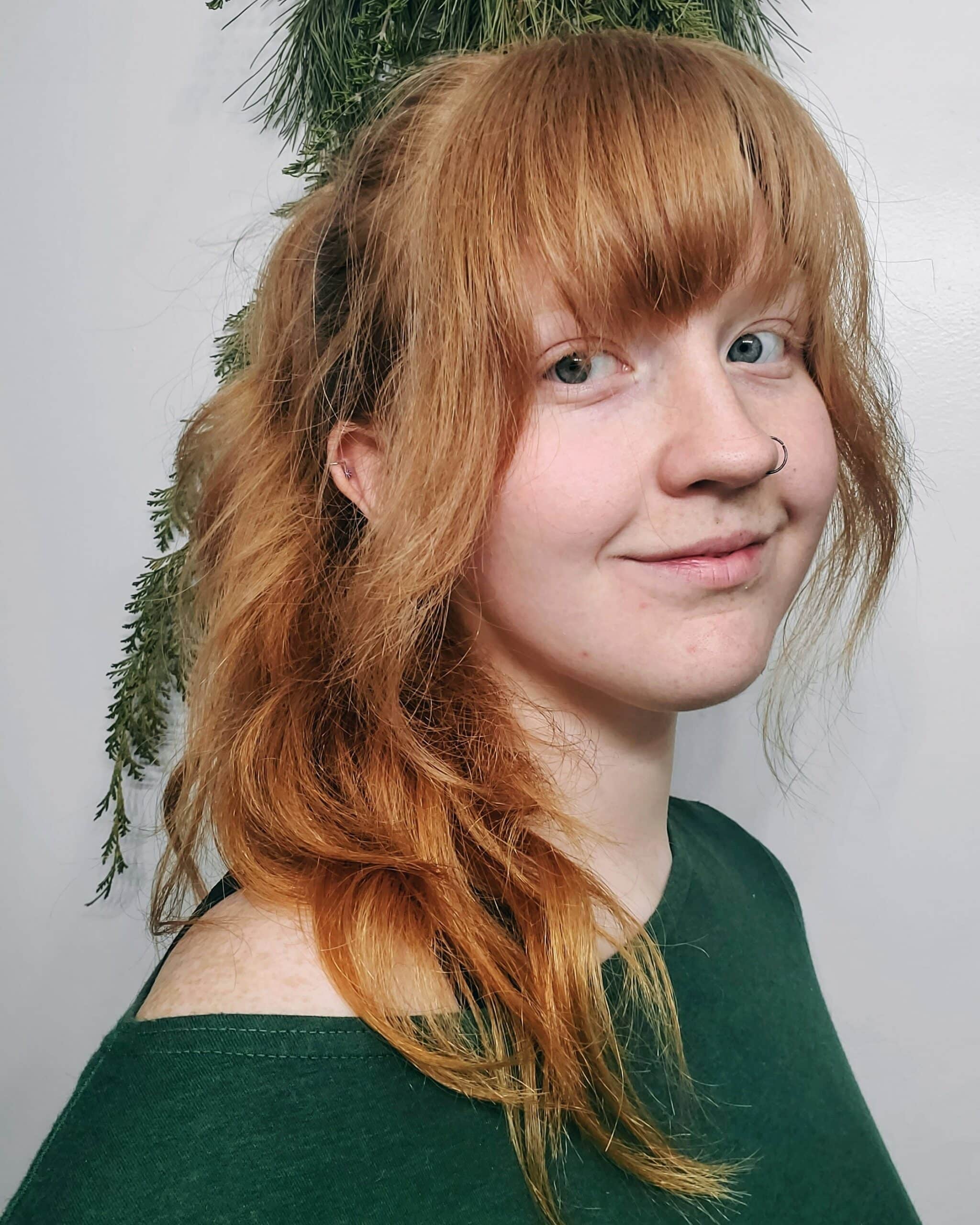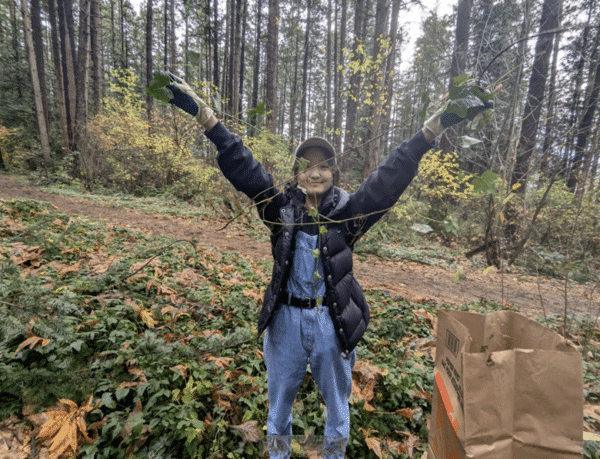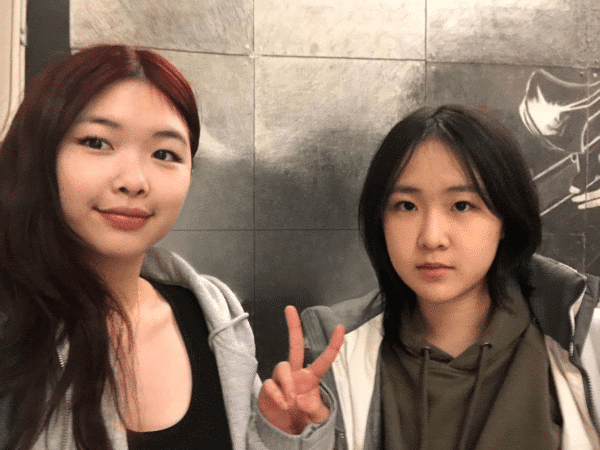November 5th, 2022
Can you tell us a bit about yourself and how you experience the nature around you?
I was born and raised in the Comox Valley and am currently a second-year NIC student studying digital design and web development. Prior to this, I obtained a marketing certificate from BCIT; but when my favourite class was ad design, I knew I wanted to step into the design and development space. While my education to this point has been limited to the digital space, I have always been interested in science, especially biology, and hope to eventually merge my passions of science and art.
When I’m not drawing or doing homework, you can find me taking care of my many (many) house plants, hiking, SUPing, or hunting for mushrooms. I also enjoy travelling and exploring the many hidden gems that Vancouver Island has to offer.
What do you like about volunteering and what inspired you to take action?
I have volunteered at several organizations over the last seven or eight years and have always found fulfilment in doing good to help the community – whether that is a community of humans, animals, or plants! I enjoy volunteering with ISCBC because as an avid amateur plant fiend, I slowly grew my knowledge of our local environment and how invasive species have impacted it. I also like ISCBC because of the diverse set of activities and options they have that count towards volunteering hours – I like to keep things fresh and having the option of a book club, webinar, or team plant has allowed me to mix things up whenever I feel like it.
I have always had an interest in ecosystems and the way that the natural world works within itself to balance plants, animals, and the elements. I realized how impactful invasive species can be on local ecosystems, especially the negative effect on some very special and exclusive symbiotic relationships. The Pacific Northwest has so much biodiversity and the more I learn about it the more I wanted to help address the issues caused by invasive species. This yearning to help ultimately led me to find and join ISCBC, and I’m so glad I did.
What would you say to a potential volunteer?
The thing I appreciate the most about ISCBC is their flexibility. Being a student who works part-time, volunteers with other organizations, and tries to keep up with my many hobbies and my social life, it can be hard to find time for it all! I love volunteering for things that I am interested in when I have the time to do so. There is so much appreciation for all volunteers, whether you volunteer 3 hours a week or 3 hours a month, you always end up feeling fulfilled and appreciated! Volunteering even an hour a month can make a huge difference.
If you could choose to have one invasive species eradicated forever, which would it be and why?
The species I would choose to eradicate is a toss-up between a few, but I think I would most like to get rid of spurge, especially Cypress and Myrtle spurges.
You can find it sold in most garden centres and can be planted as a houseplant and for the recently popular rock gardens outside – but most people buy it without knowing how toxic it is. As a member of the Euphorbia family, the sap of any spurge is incredibly toxic to humans and is known to cause severe blisters and burns when touched, blindness if it contacts the eyes, and severe gastrointestinal issues if ingested.
While pretty to the eye, there are so many options that are much safer to both humans and the local environment – not to mention, less invasive! A great replacement is the stonecrop family, especially the Broad-leaved Stonecrop, which can be found growing abundantly on Vancouver Island’s coastal cliffs.
Become a Youth Volunteer!
Join like-minded young adults to plan and carry out real-world activities. Support our goal to support healthy habitats and communities, keeping them free of invasive species. Learn more about becoming a youth volunteer!
Share


















